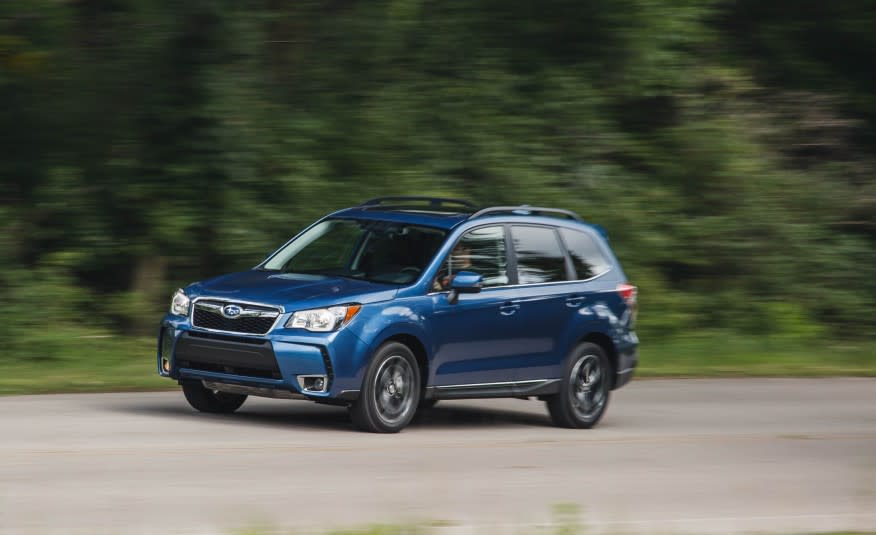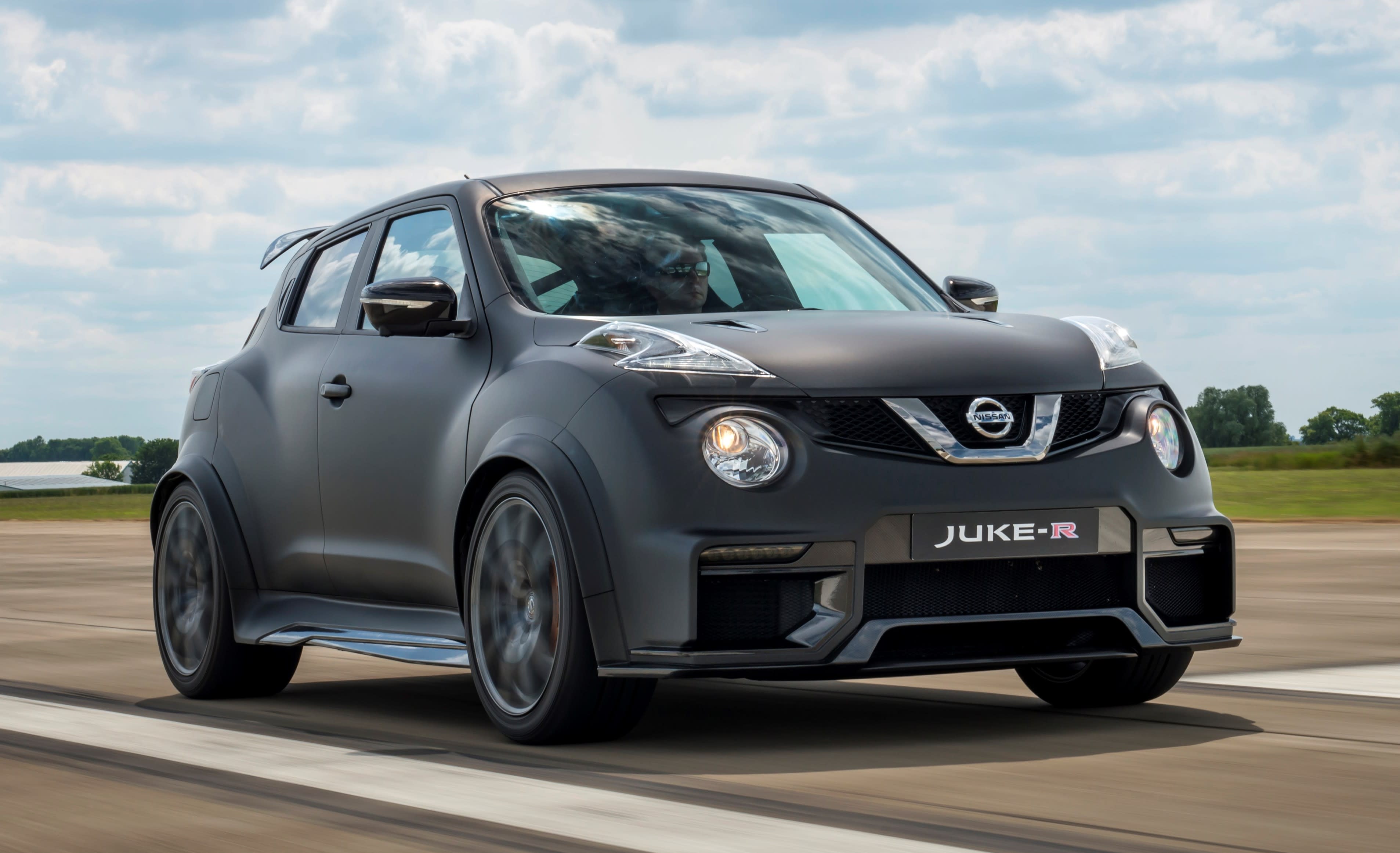This post was originally written for Oppositelock, but with the potentially impending death of Kinja user blogs, I’m reposting it here.

Right now, we’re in a golden age of accessible high performance motoring. Hot hatches are everywhere, regular sedans from compact to full-size are available in hot versions, and there’s several affordable performance coupes of very different flavors.
However, there’s one class of vehicle that’s very popular in the US market, and is increasing in popularity in global markets, that’s had very few high performance variants outside of the luxury space: the crossover. I think that’s going to change soon.
The modern crossover is, fundamentally, a vehicle meant to be practical. The added height impacts fuel economy, but it improves visibility, makes ingress and egress easier, and many drivers are more comfortable having that height. It also means that, as occupants are sitting more upright, more occupants can fit in less vehicle length, meaning that for a given passenger capacity, crossovers can be easier to park. Longer suspension travel gives more comfort over our crumbling road infrastructure. Increased ground clearance and all-wheel drive help keep the vehicle moving even on unmaintained roads in winter. Compared to mainstream American vehicles, which are sedans, crossovers have improved cargo versatility due to being, essentially, hatchbacks and wagons.
Now, this isn’t the greatest basis for a high-performance vehicle. High center of gravity negatively affects handling. Added weight and frontal area dull performance. Weight distribution can be weird. However, this hasn’t stopped the past decade or more of hot luxury crossovers and SUVs, and it hasn’t stopped things like hot pickups, so really, this would just be making that trend more accessible. And, the hot hatch has shown that adding performance to a practical car is a recipe for sales success.
However, my goal here is to show that that trend is already starting, and I’m going to use three cars to show it. All three of these cars are going to be Japanese, but that’s not because of a bias towards the Japanese – if the Jeep Grand Cherokee SRT were cheaper, I’d have included it, even though it’s not actually a crossover (the market doesn’t really care whether it’s a SUV or merely a crossover, as long as it’s tall, roomy enough, comfortable, and can handle poor road conditions).
Subaru Forester XT

The Subaru Forester XT has actually been around for over a decade, now. It’s a fairly simple formula – take the Forester, add the Impreza WRX’s motor, and you have a hot Forester. However, nowadays, 250 hp in that class isn’t as hot as you can go. And, 12 years ago, Subaru themselves built a Forester STi for the Japanese market. One car, however, does not make a trend.
That said, given that the Impreza WRX STi was a rally homologation special, that leads to the next car.
Toyota Rally RAV4

The Toyota Rally RAV4 is not a very hot car. Effectively, it’s a base model, front wheel drive, 2.5 liter automatic RAV4 with a stripped interior, suspension, and some other bits like a steering quickener, and they even left the powertrain alone. However, I think it shows how the hot crossover will be marketed.
Two of the most successful compact performance cars of all time have been the Subaru Impreza WRX STi and the Mitsubishi Lancer Evolution. Both of these vehicles were rally homologation specials, and while the Mitsubishi Eclipse had available all-wheel drive, the STi and Evo popularized its application for sport compacts.
Now, you might say that a rally crossover is stupid – high center of gravity contributes to rollover risk, especially when you’re driving in rally conditions. But… if it’s stupid but it works, it’s not stupid. And, the longer suspension travel of the Rally RAV4 seems to have worked, giving Ryan Millen and Christina Fate the NASA Rally Sport 2WD class national championship, and second place in the Rally America 2WD class national championship.
And, it’s worth noting that manufacturer involvement in motorsport has two goals, those being to sell cars, and to develop cars.
Nissan Juke-R

Of course, you could just go build something insane, not race it, and use its mere existence for marketing, as Nissan did with the Juke-R, by stuffing a GT-R powertrain into a Juke. This is the definition of a halo car – a car that you’re not supposed to buy (although you could if you have ridiculous amounts of money to drop), but that’s supposed to get you into the showroom to buy a regular Juke.
I’m not seriously suggesting that Nissan (or anyone) will make Juke-R levels of performance accessible to the everyman and everywoman, but I am suggesting that this shows a direction for the market. Nissan has the Juke NISMO RS, as an example (although it’s not as fast as even the Forester XT above).
Ultimately, though, based on these three cars (one of which is production, one of which is a production-based rally car, and one of which is a batshit insane halo car), my prediction is that in within five years, you’re going to see an industry-wide concerted effort to push the hot crossover as a mainstream enthusiast’s option, as consumers move increasingly towards crossovers and away from sedans.